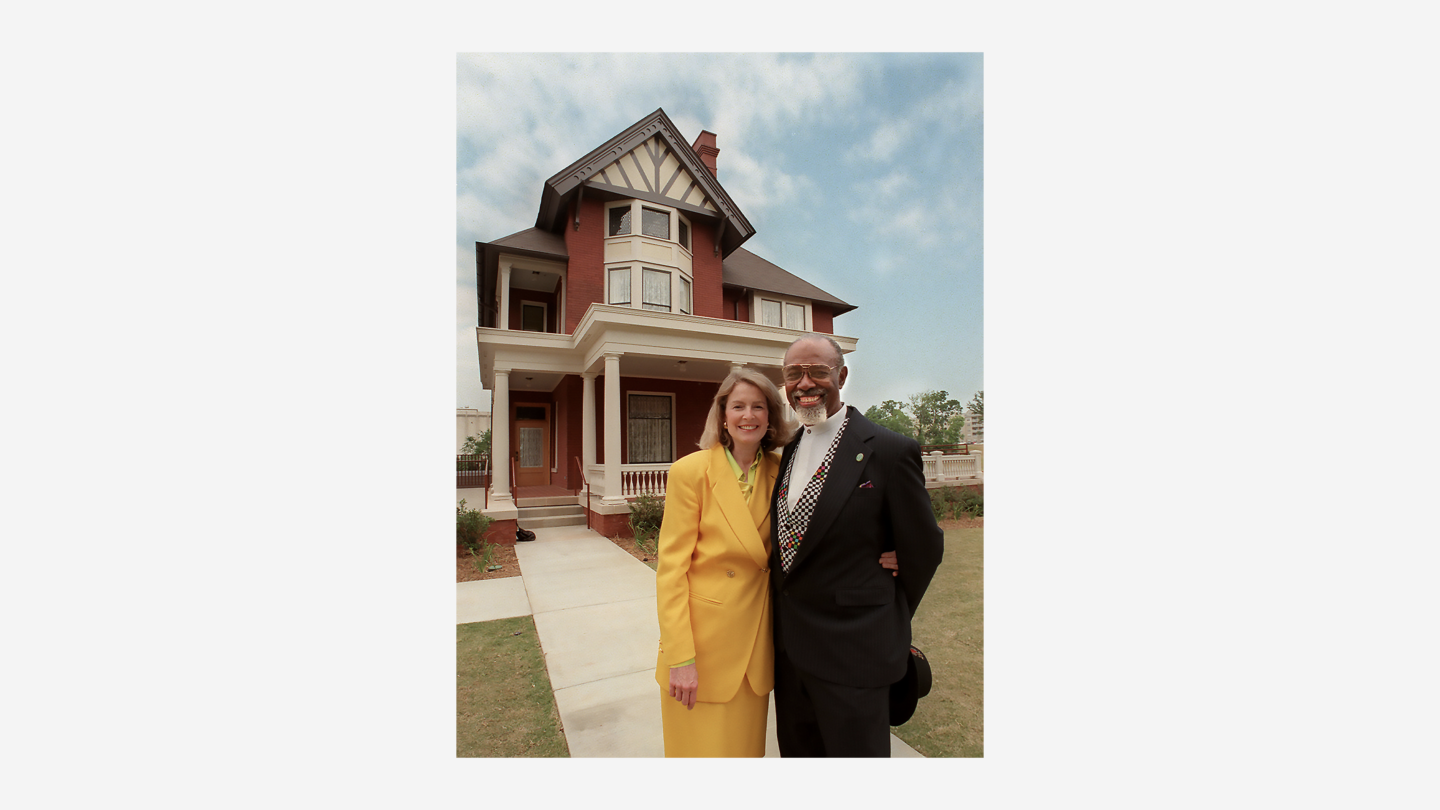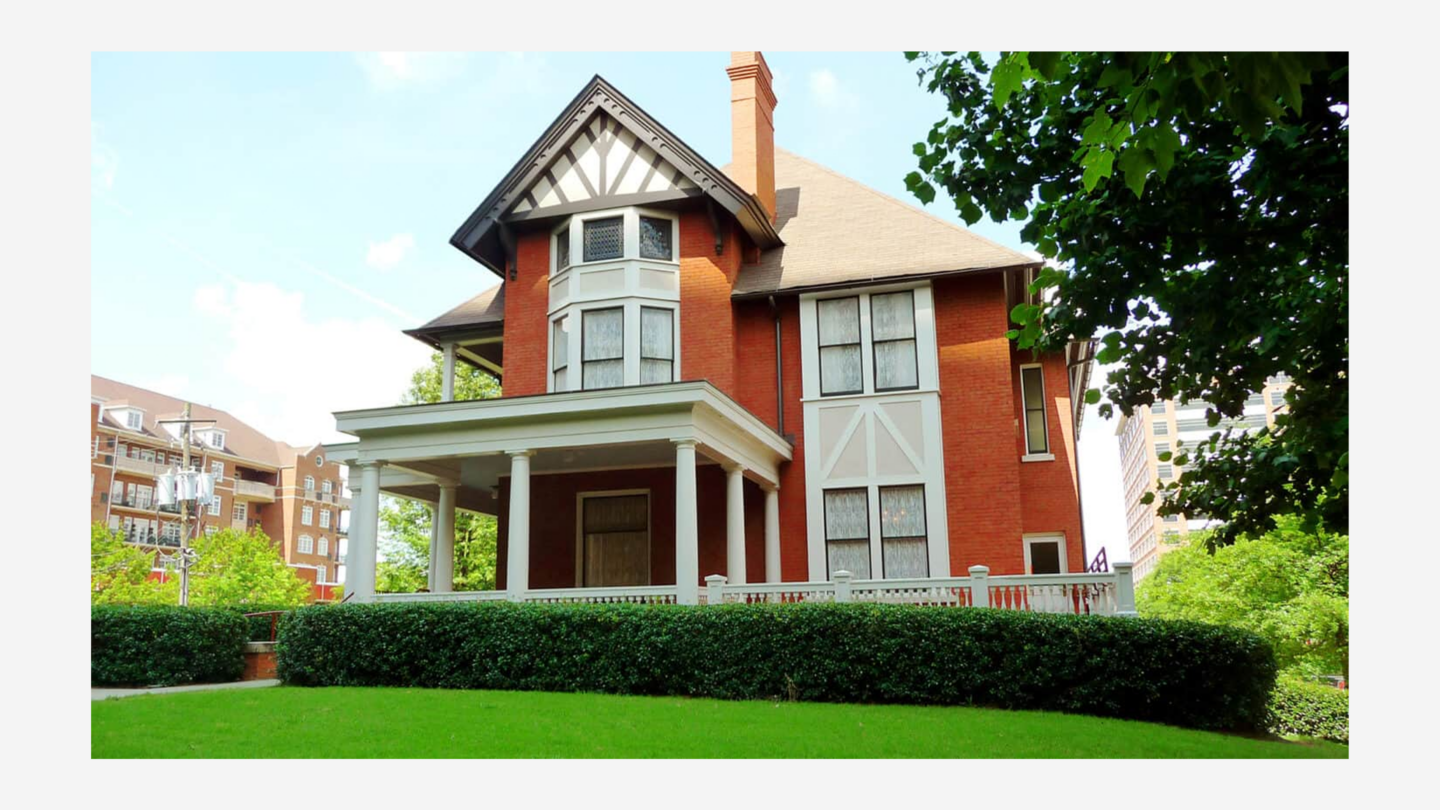Margaret Mitchell talked a lot about the effort she put into researching Gone With the Wind, and her goal of making the novel’s background as historically accurate as possible. Despite these efforts, much of the history presented in Gone With the Wind is biased or inaccurate. Studying the sources Mitchell used to write Gone With the Wind can help us understand where these biases and inaccuracies come from.
Learn MoreTelling Stories: Gone With the Wind and American Memory examines the making and meaning of this influential tale.
Learn MoreRelated. Stories.
-
Explore Elizabeth McDuffie’s journey from personal cook and maid for the Inman family and President Franklin Roosevelt to a civil rights advocate. Known for her ambition, she was considered for the role of Mammy in “Gone with the Wind.”
-
Discover the intriguing story of “So Red the Rose,” a 1935 film overshadowed by “Gone With the Wind.” This forgotten film, set against the dramatic backdrop of the Old South, offers a rich narrative of Southern nobility and wartime struggles. Despite its potential, the film’s anti-Northern bias and simpler storyline led to its obscurity. In contrast, “Gone With the Wind” captivated audiences with its complex characters and balanced depiction, becoming a cultural phenomenon.
Events at Midtown
-
Author Talks
Author of Love, Rita: An American Story of Sisterhood, Joy, Loss and LegacyWednesday, Apr 9 @ 7:00 pm -
-






